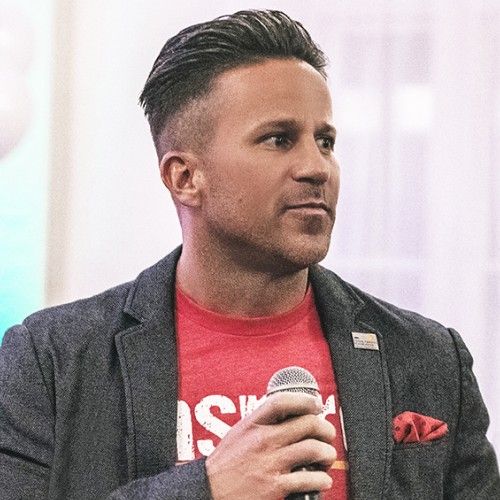When it comes to business cultures, whether it is service-based or product-based, one question that comes up a lot is whether to make the company customer-centric or employee-centric. While Customer-Centric is important, employees are the root of any company. They are the ones who interact with customers; they are the face of the company. Thus employee centricity is critical in a business too. While balancing both employee and customer-centricity is difficult, it’s not impossible. On the other hand, employee-centric businesses prioritize their employees’ experience and development.
Amazon - A Beacon of Customer-Centric Culture:
Amazon, founded by Jeff Bezos, has been a trailblazer in the realm of customer-centricity. Its transformation from a humble online bookstore into the e-commerce behemoth we know today has been marked by a relentless focus on the customer. The most emblematic manifestation of this philosophy is the introduction of Amazon Prime's two-day free shipping; an innovation that redefined online shopping.
Pros of Customer-Centric Culture:
- Enhanced Customer Satisfaction: The hallmark of a customer-centric culture is the unwavering commitment to meeting customer needs. Amazon's free two-day shipping, for instance, has not only delighted customers but also raised the bar for competitors.
2. Innovation and Market Dominance: Prioritizing customers drives innovation. Amazon's customer obsession has led to innovations like Kindle, Alexa, and Amazon Web Services (AWS), catapulting the company to market dominance.
3. Brand Loyalty and Repeat Business: Satisfied customers become loyal customers. They return for more, and they recommend the brand to others. Amazon's customer-centric approach has fostered a legion of devoted followers.
Cons of Customer-Centric Culture:
- High Employee Expectations: To deliver on the promise of exceptional customer service, employees often face tremendous pressure to perform at breakneck speeds. The demand for efficiency can lead to burnout and attrition.
2. Worker Conditions and Compensation: Amazon has faced criticism over worker conditions and wages. The push for fast delivery times has sometimes come at the expense of worker well-being.
3. Profit Margins: Offering free shipping and investing heavily in customer service can impact profit margins, challenging the sustainability of the business model.
Striking a Balance: Employee-Centric Culture
In contrast to the Amazon way, some companies prioritize an employee-centric culture. These organizations firmly believe that by putting their employees' needs and well-being first, they can create a happier, more productive workforce. Google, for example, is known for its employee-centric culture, and its focus on fostering a vibrant work environment.
Pros of Employee-Centric Culture:
- High Employee Morale and Productivity: A contented workforce tends to be more engaged and productive. When employees feel valued, they are more likely to go the extra mile.
2. Reduced Turnover: Employee-centric companies often experience lower turnover rates. Employees are less likely to seek employment elsewhere when they are satisfied with their workplace.
3. Innovation and Creativity: When employees are encouraged to express themselves and contribute to decision-making, it can foster innovation and creative problem-solving.
Cons of Employee-Centric Culture:
- Risk of Complacency: Overemphasis on employee well-being might lead to complacency, where employees resist change or fail to meet necessary performance benchmarks.
2. Competitive Disadvantage: In fiercely competitive industries, a myopic focus on employee satisfaction may hamper an organization's ability to respond swiftly to market shifts and customer demands.
3. Profitability Challenges: Prioritizing employees' financial compensation and benefits can strain profit margins, making it challenging for the company to remain competitive.
Cultural Balance
Examples such as Amazon's relentless customer focus and Google's employee-centric philosophy represent two ends of a complex spectrum. Corporate leaders often grapple with the formidable challenge of finding the elusive balance between customer-centric and employee-centric cultures. The ultimate goal is to ensure that both customers and employees feel valued and prioritized.
Hybrid Cultures
Some companies have successfully blended elements of both cultures. They recognize the symbiotic relationship between customer satisfaction and employee well-being. In this approach, businesses strive to maintain high standards of customer service while ensuring their workforce is supported, motivated, and engaged.
The divide between customer-centric and employee-centric cultures persists as an enduring paradox. While each approach carries its own set of merits and pitfalls, the key lies in acknowledging the intricate interplay between these two fundamental pillars. Companies that aspire to long-term success must invest in their employees, value their customers, and continuously evolve their culture to adapt to dynamic market conditions. Striking this equilibrium is the true path to sustainability in a corporate world where customer satisfaction and employee well-being can coexist harmoniously, propelling the organization to unparalleled heights.




































































